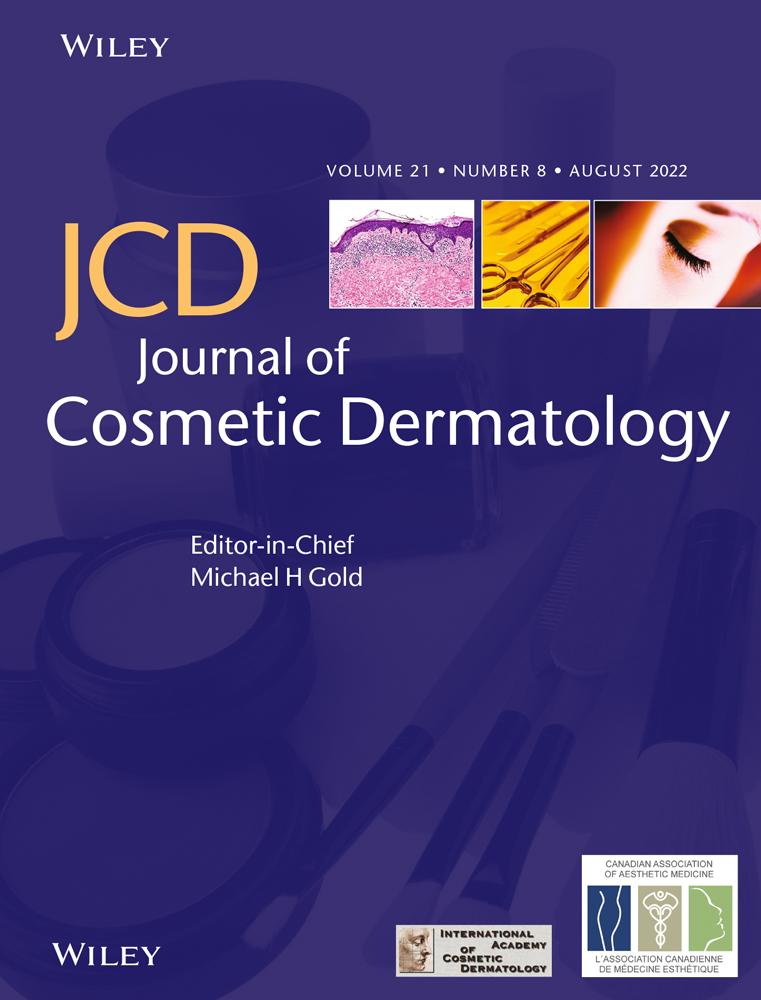Anatomic update on the 3-dimensionality of the subdermal septum and its relevance for the pathophysiology of cellulite
Funding information
This publication received financial support from Revelle Aesthetics, Inc
Abstract
Background
Cellulite is an aesthetic condition affecting the appearance of skin in specific body regions. When reviewing past literature, a 2-D image of a subdermal septum was created most likely due to the applied cross-sectional investigative methodology. Despite practitioners being aware of the 3-D nature of the subdermal architecture, this is not reflected in the present scientific literature. The aim of this anatomic review is to summarize the past literature and to provide an update on the 3-dimensionality of a subdermal septum with a specific focus on the pathophysiology of cellulite.
Materials and Methods
This review is based on the literature search performed in the PubMed database using the keywords: cellulite (n = 777), cellulite, AND pathophysiology (n = 53). The articles obtained were screened and those focusing on “cellulitis” or other non-cellulite-related topics were additionally excluded resulting in a total of n = 38 relevant articles which were evaluated for the purpose of this anatomic review.
Results
The skin is comprised of two fat layers (superficial and deep), separated by the superficial fascia. The dynamic 3-D interplay between retinacula cutis, fascia, and fat, with anatomic differences between men and women, highlights a complex anatomic construct with direct implications for the formation and treatment of cellulite.
Conclusion
The 3-dimensionality of a subdermal septum provides important clinical clues to understanding the underlying mechanisms and pathogenesis of cellulite. The 3-D approach, in contrast to the past 2-D models, presents a robust foundation for understanding and developing future cellulite therapeutic strategies.
CONFLICT OF INTEREST
The authors declared no potential conflicts of interest with respect to the research, authorship, and publication of this article.
Open Research
DATA AVAILABILITY STATEMENT
The data that support the findings of this study are available from the corresponding author upon reasonable request.




